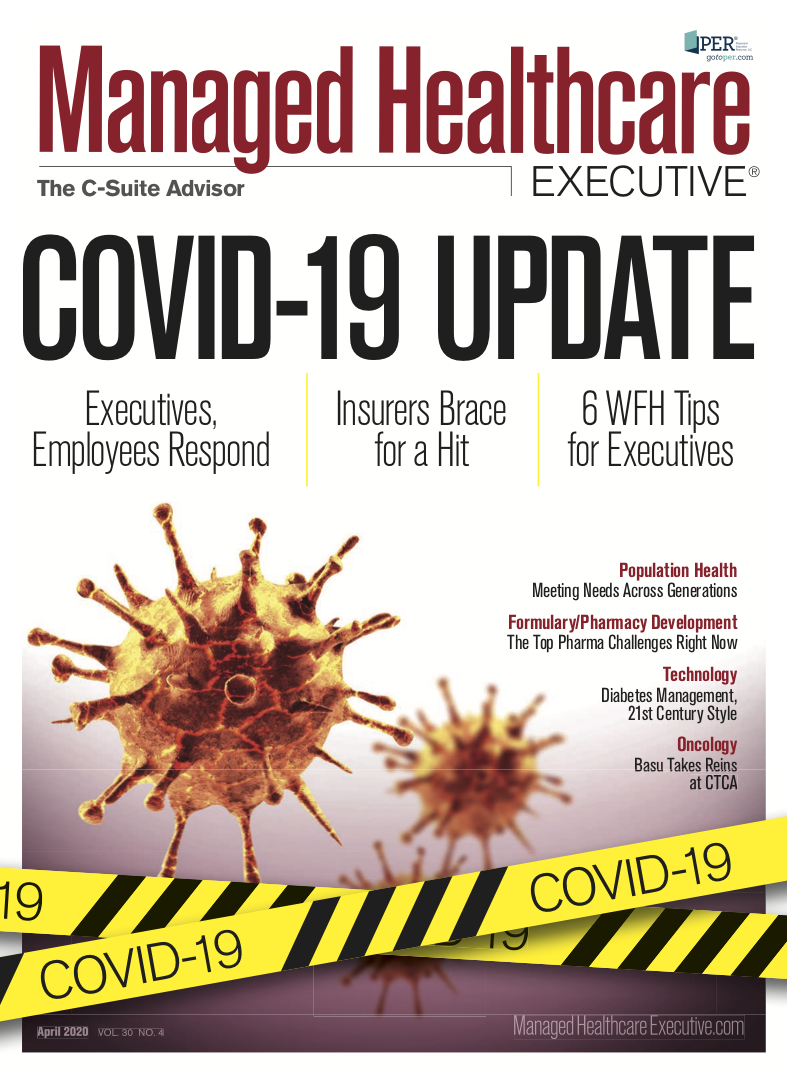Satisfying Patient Needs Across the Generations
How to appeal to people of any age.

Generational differences make it difficult to satisfy the needs and wants of patients across varying age groups. Not long ago, it was expected that patients would be, well, patient and deferential. They may not have been thrilled about thumbing through magazines in a waiting room, but they tolerated it. Today, younger patients have much different expectations.
Kaveh Safavi, MD, JD, senior managing director for Accenture’s global healthcare business, says younger patients want prompt service and see availability as paramount; if you cannot see them in a timely way, they will move on to the next doctor. Or maybe skip seeing a doctor altogether and go to a retail health clinic or use a telehealth service. Meanwhile, older patients may want more time and attention. You may be seeing them with an adult child with lots of questions. Their schedules may be inflexible because they depend on family or friends to drive them to an office for an appointment.
“We live in a world of instant gratification, and patient satisfaction is paramount,” Safavi says. “Think in terms of what you would want in a restaurant. A reservation that is not honored or a rude staff member not only takes that place off your favorite list, but also sends you to the keyboard for a harsh review.” That’s why he suggests not overbooking appointments and hiring front-office staff with good customer service skills.
“If you are fully booked, do not just leave it at that. Give patients a solution that is appropriate,” Safavi advises. “Whether it be urgent care, minute clinic, or a direct referral to the proper specialist or emergency room, explain why the referral is appropriate for their need. This is something that people of any generation will appreciate.”
Appointments and conversations
Geeta Nayyar, MD, chief medical officer at Greenway Health, a health information technology and services provider, notes that the typical 25-year-old patient is going to have different medical needs than the typical 65-year-old patient. Healthcare providers and organizations cannot use a one-size-fits-all approach - and the need for generational sensitivity applies to everything from how people schedule appointments to the one-on-one conversations they have with clinicians.
Related: Handling The Business Challenges Of Healthcare Consumerism
“With younger patients, physicians have to be more educational and consultative, speaking with them more about prevention of conditions and diseases,” she says. “With older generations, conversations are a bit more sensitive in nature and may include discussions about end-of-life planning and how to stay healthy and active during retirement.”
In addition, Nayyar notes, it’s important for older patients to be held more accountable for their care and health outcomes, ensuring they know where and how to find their health records so that information can be shared with all members of their care team.
Thomas Horowitz, DO, a family medicine specialist at CHA Hollywood Presbyterian Medical Center in Los Angeles, says the key to working with people of all age groups and from different generations is to understand their preferences so that organizations can respond and adjust accordingly.
“The challenge is that preferences are constantly evolving,” he says. “Further, behaviors around healthcare services are redefining how consumers engage with providers across each stage of care. Expectations for convenience, affordability, and quality are shifting.
“Younger generations, in particular, are increasingly dissatisfied with healthcare’s status quo and are looking to nontraditional providers for services.”
The need for tech
Digital capabilities are influencing how younger generations choose their medical providers. Accenture research shows that 13% of baby boomers and the generation before them - some are calling it the Silent Generation - use remote or telemonitoring devices. The proportion is double among millennials and the 1995-2015 birth cohort that has been dubbed Gen Z.
The Accenture research found that younger consumers (millennials and the Gen Zers) are dissatisfied with many aspects of traditional healthcare services. They are increasingly looking for effective, convenient means for receiving healthcare. The waiting room is not for them.
“Healthcare providers should consider investing in nontraditional means to engage with younger generations,” says Horowitz. “This could include setting up online patient portals where they can view lab results and making them aware that they can reach their HCP [healthcare provider] via email if they have any questions.”
Safavi notes that the younger the patients, the more likely they will expect a doctor’s office to be digitally up to date.
“This is not only important for the electronic medical record in the exam room, but also on the website where portals and online scheduling are expected more and more among patients,” he says. “The doctor’s offices that look best online are conveying a service mindset to their patients.”
Younger patients will appreciate - and may even expect -Wi-Fi availability in the doctor’s office. The phone has replaced the magazine as a time killer.
The generational split may not be as wide as it is commonly portrayed, in Nayyar’s view.
“Regardless of whether you’re a millennial or a baby boomer, all patients want quick access to their healthcare records and to find helpful information online,” she says. “As long as physicians today provide that accessibility and quality care, combined with good bedside manner, people of all ages will remain engaged and satisfied.”
But Nayyar acknowledges that healthcare providers and organizations need to be attuned to generational differences.
“Younger generations, for example, want their healthcare experiences to be quicker and more transactional, so it’s no surprise that 60% of millennials support the use of telehealth options to eliminate in-person visits,” she says. “The challenge here is ensuring critical information is not lost during these swift transactions.”
Meanwhile, older patients prefer face-to-face interactions. Many want to establish a more personal relationship with their physician. Of course, it remains to see whether millennials and Gen Zers will feel the same way come the mid-21st century, when they will start to experience old age and health issues that are often more complex and frequently chronic.
Err on the side of formality
Laura Reyher, MSN, RN, is a member of the nursing faculty at West Texas A&M University in Canyon, Texas, and has 42 years of experience in healthcare. She notes that while some older patients may be tech savvy, doctors shouldn’t make any assumptions.
“Many don’t own a computer and don’t have internet access,” she says. “A critical issue that many older patients fear is that they will be overlooked because they are elderly. Senior adults worry that they are viewed as helpless and hopeless, which is very discouraging to them.”
Even something as simple as how you address patients may benefit from some generational awareness, notes Reyher. Younger patients are used to being called by their first names right from the beginning. Older adults should always be addressed as Mr, Mrs, or Ms, until they ask to be called by their first name, advises Reyher.
“It seems like a no-brainer, but you can never go wrong by being respectful - with all ages,” she continues. “Too often, patients feel that everyone is rushed; they are viewed as another item on the checklist and no one has time to hear their concerns. Most patients are fearful. All of us in healthcare need to guard against being oblivious to these fearful situations and take the time to let the patient - of any age - know that they are in safe hands and that we’re here for them. All patients respond positively when they know that we care.”
Keith Loria is an award-winning journalist who has been writing for major newspapers and magazines for close to 20 years.

This week on Tuning Into The C-Suite Briana Contreras spoke with Dr. Scott Hayworth, president and CEO of New York-based CareMount Medical. In this interview, the two discussed the importance of patients staying in contact with their doctors for the sake of reducing public health risks and to discuss ongoing care options with them.
Listen
Eric Levin talks PBMs and how Scripta is Tackling the Market's Challenges for Patients
July 22nd 2020MHE's Briana Contreras spoke with CEO of Scripta, Eric Levin. The two discussed the current state of the pharmacy benefit market and how the Scripta organization has been assisting its clients and their prescriptions prior to the COVID-19 pandemic and during.
Listen